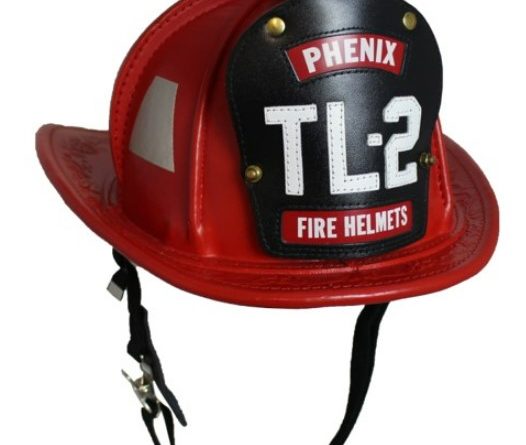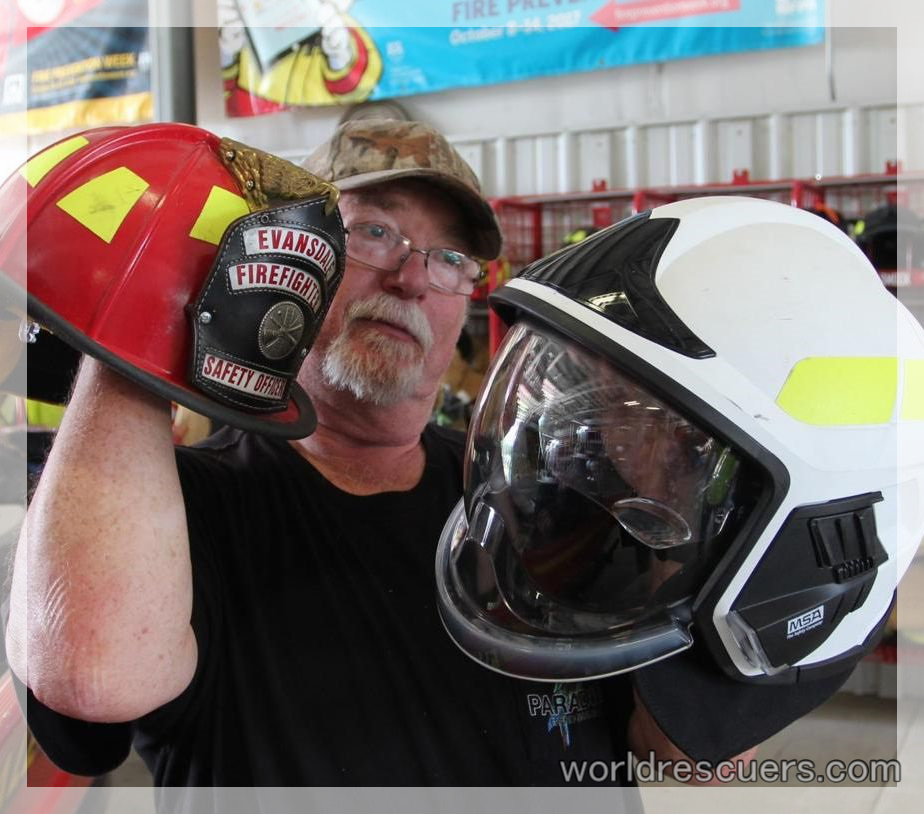
Fire Helmet and Its Types
A fire helmet is an essential Personal Protective Equipment- PPE, designed in a way to protect the firefighter from falling debris or objects. This also provides protection from direct heat. It is part of every firefighter’s turnout gear that they use during fire operations. A variety of fire helmets are available in the market but all are designed in a way to meet at least stringent safety standards. European fire Helmet and American fire helmets are most commonly available in the Field of Health and Safety. There is also a hot debate on European fire helmet vs American as every individual have a different opinion about these fire helmets based on their individual experience.

Therefore, choosing the right helmet is considered a crucial task for professionals. In this Piece of writing, we will learn the way to choose the right fire helmet by considering the relevant standards in 2023.
Summary
The importance of choosing the right fire helmet is a vital factor considering various factors. The construction material, weight, shape, chinstrap, ventilation, and reflective tape are some of the critical factors that must be taken into account while choosing the right fire helmet in 2023. The article also highlights various safety standards such as NFPA 1971, NFPA 1977, and EN 443:2008 that provide minimum performance requirements for protective clothing and equipment used in firefighting operations, including helmets.
What criteria must the firefighters helmet meet?
The construction material of the Fire Helmet
The primary thing to remember and consider is the construction material of the fire helmet from which it is made of. Thermoplastic, fiberglass, and carbon fiber are the most commonly used material in fire helmets.
The following brief comparison of fire helmets of different materials is a valuable guide to choosing the right fire helmet.
| Material | Material Strength | Rigidity | Impact Resistance | Cost |
|---|---|---|---|---|
| Thermoplastic | Low | Less | Good | Low |
| Carbon Fiber | High | High | Excellent | High |
| Fiberglass | Medium | Medium | Better than thermoplastic | Medium |
Thermoplastic helmets are the most affordable and commonly used helmets. They are durable and can withstand high temperatures. They are also lightweight, making them comfortable to wear for extended periods.
Weight of fire helmet
The weight of the fire helmet is another critical factor to consider as prolonged use causes issues. A heavy helmet can cause neck strain and fatigue, making it difficult to perform firefighting duties effectively. A good fire helmet should weigh between 2.5-4.5 lbs. This weight range provides the perfect balance between protection and comfort.
The shape of a fire helmet
The different available shapes of fire helmet provides different safety features including head cover, ears, and neck. A Good fire helmet must have a brim or visor to protect the face and eyes. Moreover, the helmet should fit snugly on the head of the user and not move around during use in any drill or operation.
Chinstrap
The chinstrap made from leather or flame-resistant materials must be available. The length and shapes should be user-friendly and easily fastened with a buckle or snap for a secure fit. The chinstrap with the easy adjuster is also a required feature to accommodate different individuals.
Ventilation
Some fire helmets come with vents to allow heat and moisture to escape, improving comfort during use. Ventilation also helps to reduce fogging on the visor or face shield. If you work in a hot and humid environment, a helmet with ventilation is a great option.
Reflective Tape on a helmet
Almost each fire helmet comes with reflective tape for visibility in low-light conditions especially during fire operation. The reflective tape should be placed in a strategic place or location on the helmet for maximum visibility.
What is the NFPA rule on helmets?
NFPA 1971
Standard on Protective Ensembles for Structural Fire Fighting and Proximity Fire Fighting.
This safety standard provides minimum performance requirements for protective clothing and equipment used in firefighting operations. It also includes requirements for fire helmets, as well as other protective equipment, such as jackets, pants, gloves, and boots.
NFPA 1977 Standard on Protective Clothing and Equipment for Wildland Fire Fighting
This standard establishes again minimum performance requirements for protective clothing and equipment used in wildland firefighting operations. It includes requirements for helmets, as well as other components of protective clothing and equipment, such as shirts, pants, and boots.
NFPA 1951 Standard on Protective Ensembles for Technical Rescue Incidents
This safety standard provides minimum performance requirements for protective ensembles used in technical rescue incidents, such as rope rescue, confined space rescue, and water rescue operations. It also includes requirements for helmets, as well as other components of protective ensembles, such as harnesses, gloves, and footwear.
NFPA 1986 Standard on Respiratory Protection Equipment for Firefighters
This sire safety standard establishes minimum requirements for respiratory protection equipment- SCBA used by firefighters, including helmets that are integrated with respiratory protection devices.
EN 443:2008 – Protective helmets for firefighters
This European safety standard specifies requirements and testing methods for protective helmets used by firefighters. It also includes requirements for helmet design, impact resistance, penetration resistance, flame resistance, and compatibility with other protective equipment.
ISO 16073:2019 – Protective clothing for firefighters
Laboratory test methods and performance requirements for protective helmets
This international safety standard specifies laboratory testing methods and performance requirements for protective helmets used by firefighters. It includes requirements for helmet design, impact resistance, penetration resistance, flame resistance, and compatibility with other protective equipment.

Hi, I am John Smit a Captain in Fire Department City of Newyork with over years of experience in the field of Firefighting and HSE. My passion for fire safety started when I was a young boy and witnessed a neighbor’s house go up in flames along with precious lives. Since then, I had dedicated my life to ensuring the safety of buildings, properties, and individuals in case of a fire and medical emergencies.

